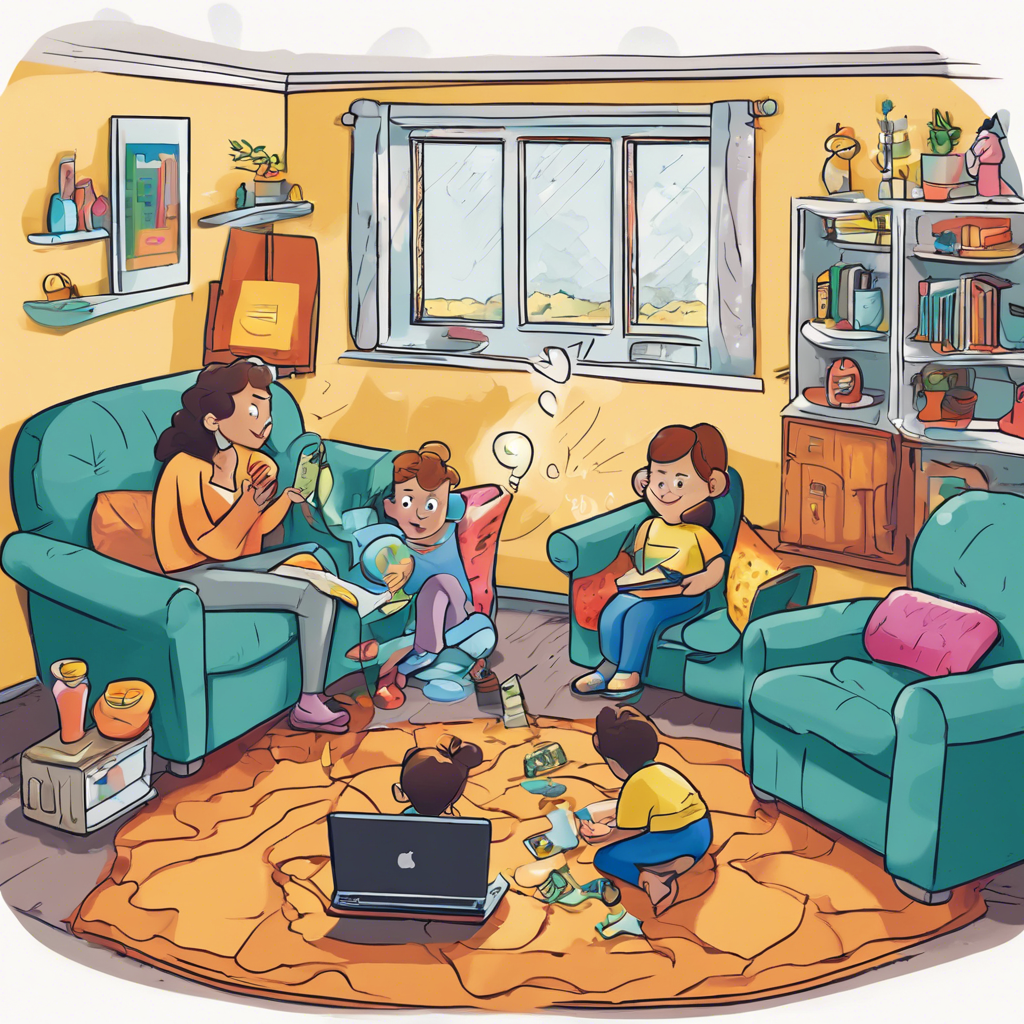What Are Some Examples Of Artworks That Incorporate Audience Participation, And How Do They Differ From Traditional Art Forms?
Gathering question image...
Introduction
Art has undergone a remarkable evolution over the years, with audience participation emerging as a dynamic and essential component of contemporary art. This transformation contrasts with traditional art forms, which typically present a fixed array of artistic expressions requiring little to no active engagement from viewers.
Examples of Audience Participation in Contemporary Artworks
Numerous contemporary artists have devised compelling and interactive artworks that actively engage the audience in the creative process or in experiencing the artwork. Here are some significant examples of audience participation in art:
- Yoko Ono's 'Cut Piece': In this participatory performance, audience members are invited to cut away sections of the artist's clothing, transforming the artwork and the overall experience over time.
- Rirkrit Tiravanija's 'Untitled (Free)': This innovative performance involves attendees sharing a meal, effectively blurring the lines between artist and audience through a communal experience.
- Marina Abramović's 'The Artist is Present': This performance offered visitors the unique opportunity to sit silently across from the artist, fostering personal connections and redefining notions of audience interaction.
Key Differences Between Audience Participation and Traditional Art Forms
Traditional art forms typically emphasize the artist's vision, delivering a passive experience to the audience. In contrast, artworks that promote audience participation invite viewers to engage actively in the creative process. Here are the primary distinctions:
- In traditional art, interpretation rests solely with the viewer, while participatory art empowers the audience to directly influence the outcome of the work.
- Traditional art exhibits a static experience that does not change over time; conversely, participatory art evolves based on audience interaction, creating a vibrant and dynamic environment.
- The relationship in traditional art is primarily one-way (from artist to viewer), whereas participatory art fosters a dialogical relationship, enhancing the sense of community and shared creativity among participants.
Conclusion
In conclusion, artworks that embrace audience participation not only create engaging and interactive experiences but also challenge established roles of the artist and viewer. These participatory interactions redefine art and foster deeper connections and a sense of community among all participants.
Expert Quote
Claire Bishop, Art Historian and Curator
Participatory art empowers the audience to become integral parts of the artwork, challenging traditional notions of authorship and fostering collaboration and dialogue among participants.
Article 'The Social Turn: Collaboration and Its Discontents', Artforum, 2012
Relevant Links
People are no longer able to tell AI art from non-AI art. And artists no ...
https://www.reddit.com/r/ArtistLounge/comments/12uimgx/people_are_no_longer_able_to_tell_ai_art_from/Everything You Wanted to Know About Performance Art
https://domartresidence.com/blog/performance-artWhat is your opinion on digital vs traditional? : r/ArtistLounge
https://www.reddit.com/r/ArtistLounge/comments/hmni30/what_is_your_opinion_on_digital_vs_traditional/Chapter 1: Principles of Participation – The Participatory Museum
https://participatorymuseum.org/chapter1/Performing arts - Wikipedia
https://en.wikipedia.org/wiki/Performing_artsMost popular questions

How Do The Personal Relationships Among Gods Affect Their Decisions In The Iliad?
The intricate relationships among the gods in Homer's epic poem 'The Iliad' play a crucial role in shaping their actions and decisions. These divine interactions create a complex web of fates, where each god's personal alliances and rivalries directly influence the events of the mortal world.

What Strategies Can Parents Use To Educate Their Children About Online Safety Beyond Privacy Settings?
In today's digital landscape, teaching children about online safety is essential for their protection and well-being. While privacy settings play a critical role, parents can implement various strategies to create a thorough understanding of online safety principles among their children.

What Are The Different Types Of Insulation Materials Commonly Used In Buildings, And How Do They Compare In Terms Of Thermal Resistance?
Insulation materials are vital for enhancing energy efficiency in residential and commercial buildings by minimizing heat transfer. Understanding the various insulation types can lead to better choices for thermal resistance and overall comfort.
Most recent questions

In What Ways Do Different Genres Of Music Explore And Comment On Political And Social Themes?
Music has always been a potent medium for articulating political and social themes. Various music genres not only reflect societal issues but actively engage listeners, shedding light on diverse narratives and perspectives. Whether it is through poignant lyrics or compelling rhythms, music plays a crucial role in shaping social consciousness.

In What Ways Do Streaming Platforms Impact The Marketing And Audience Reach Of Emerging African Filmmakers?
Streaming platforms have dramatically transformed content consumption and distribution, particularly for emerging African filmmakers. This shift presents unique marketing opportunities and challenges in reaching diverse audiences. This FAQ explores the influence of streaming services on the filmmaking landscape in Africa.

How Do Regional Cultural Norms Affect The Effectiveness Of Algorithmic Recommendations Across Different Countries?
The effectiveness of algorithmic recommendations varies significantly across countries due to diverse regional cultural norms. Understanding these cultural differences is essential for developing algorithms that resonate with varied audiences and enhance user engagement in digital platforms.